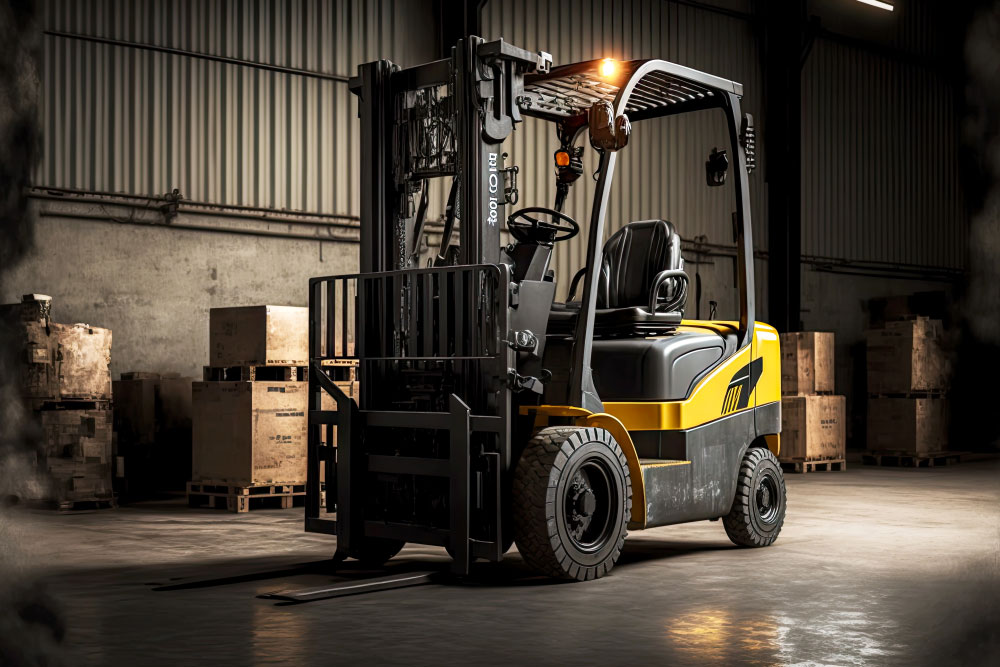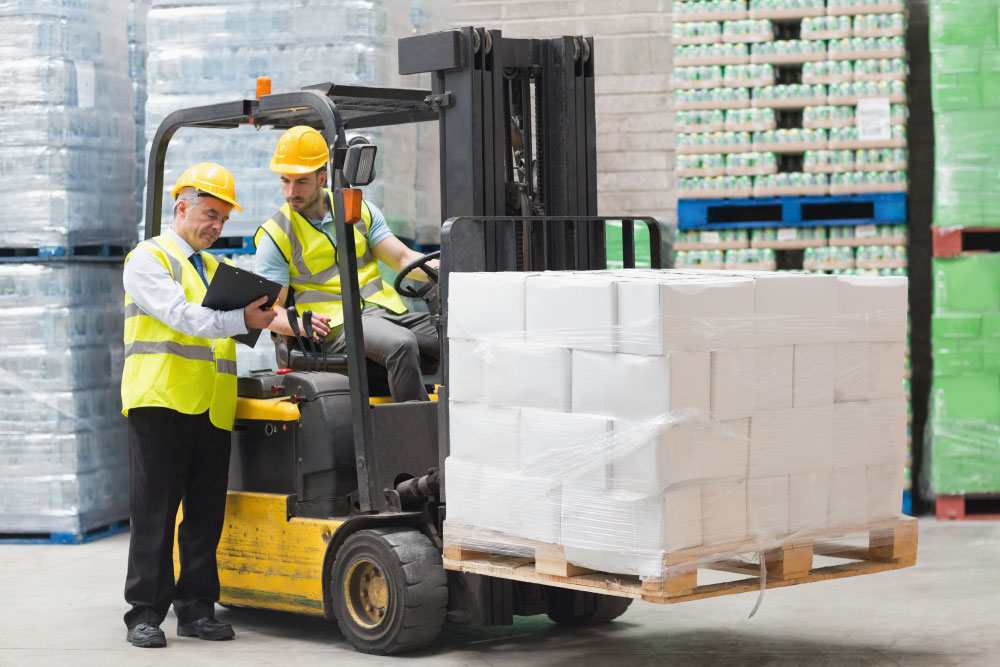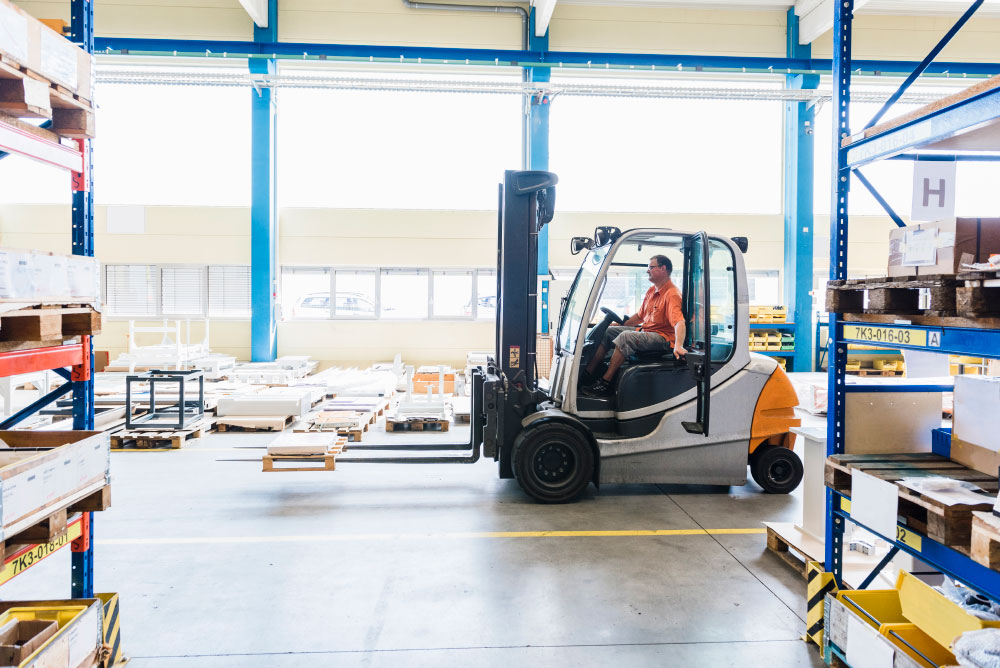Forklifts play a critical role in the logistics and material handling industry, but they also present inherent safety challenges due to their size and maneuverability. The integration of camera monitoring systems in forklifts represents a significant advancement in safety and operational efficiency within warehouses and industrial settings.

How Camera Monitoring Is Transforming Forklift Safety
Enhanced Visibility
Camera monitoring systems on forklifts provide operators with an extended field of vision, addressing one of the most significant safety concerns in material handling. These systems typically include rearview cameras and sometimes side-view cameras, allowing for a comprehensive view of the surroundings. This enhanced visibility helps operators navigate tight spaces, avoid collisions, and reduce the risk of accidents involving pedestrians or other equipment.
Mitigation of Blind Spots
Forklifts inherently have blind spots that can lead to accidents, especially in busy warehouse environments. Camera monitoring systems help mitigate these blind spots by providing real-time video feeds, allowing operators to see areas that would otherwise be out of view. This is particularly crucial when moving pallets, working near racks, or navigating through narrow aisles.
Pedestrian Safety
Warehouse accidents involving pedestrians are a significant concern. Camera monitoring systems can be equipped with features like pedestrian detection and audible alarms. When a pedestrian enters the camera’s view, the system can issue warnings to both the operator and the pedestrian, reducing the likelihood of accidents and injuries.
Load Monitoring
Camera systems can also be used to monitor the load on the forklift. This ensures that the load remains stable during transport, reducing the risk of accidents caused by shifting cargo. Load monitoring can be especially valuable when handling fragile or heavy items.

Operator Assistance
Camera monitoring systems often include features like distance measurement, proximity alerts, and obstacle detection. These technologies assist operators in maintaining safe distances from obstacles, equipment, and racks. They also help prevent accidents during maneuvers, such as reversing and turning.
Data Logging and Analysis
Camera monitoring systems capture and store video footage, which can be invaluable for post-incident analysis and training purposes. In the event of an accident or near-miss, the recorded footage can provide insights into what happened and how similar incidents can be prevented in the future.
Improved Productivity
Enhanced safety through camera monitoring systems can lead to increased productivity. When operators feel confident in their ability to navigate and maneuver safely, they can work more efficiently, contributing to the overall operational efficiency of the warehouse.
Regulatory Compliance
In some regions, safety regulations require the use of advanced safety technologies on industrial equipment like forklifts. Integrating camera monitoring systems ensures compliance with these regulations, helping organizations avoid fines and penalties.

Ensuring Effective Forklift Monitoring in Warehouse Safety
In the quest to enhance safety in warehouse operations through camera monitoring, it’s important to acknowledge the practical challenges that can arise, particularly in the context of forklift monitoring systems. While these systems undoubtedly offer invaluable benefits, such as increased awareness, reduced accidents, and improved productivity, they are not immune to common issues that can affect their performance. From false alarms and connectivity hiccups to data accuracy concerns and integration challenges, addressing these problems proactively is essential to ensure the smooth and effective implementation of forklift monitoring systems. By understanding these potential roadblocks and adopting practical solutions, warehouses can navigate the path to enhanced safety and operational efficiency with confidence, knowing that they are equipped to overcome common hurdles in their journey towards a safer workplace.
The integration of camera monitoring systems in forklifts represents a significant step forward in advancing safety and efficiency within warehouse and industrial operations. These systems provide operators with enhanced visibility, help mitigate blind spots, and contribute to accident prevention, ultimately reducing injuries and equipment damage. As technology continues to evolve, we can expect further innovations in forklift safety, making warehouses even safer places to work.